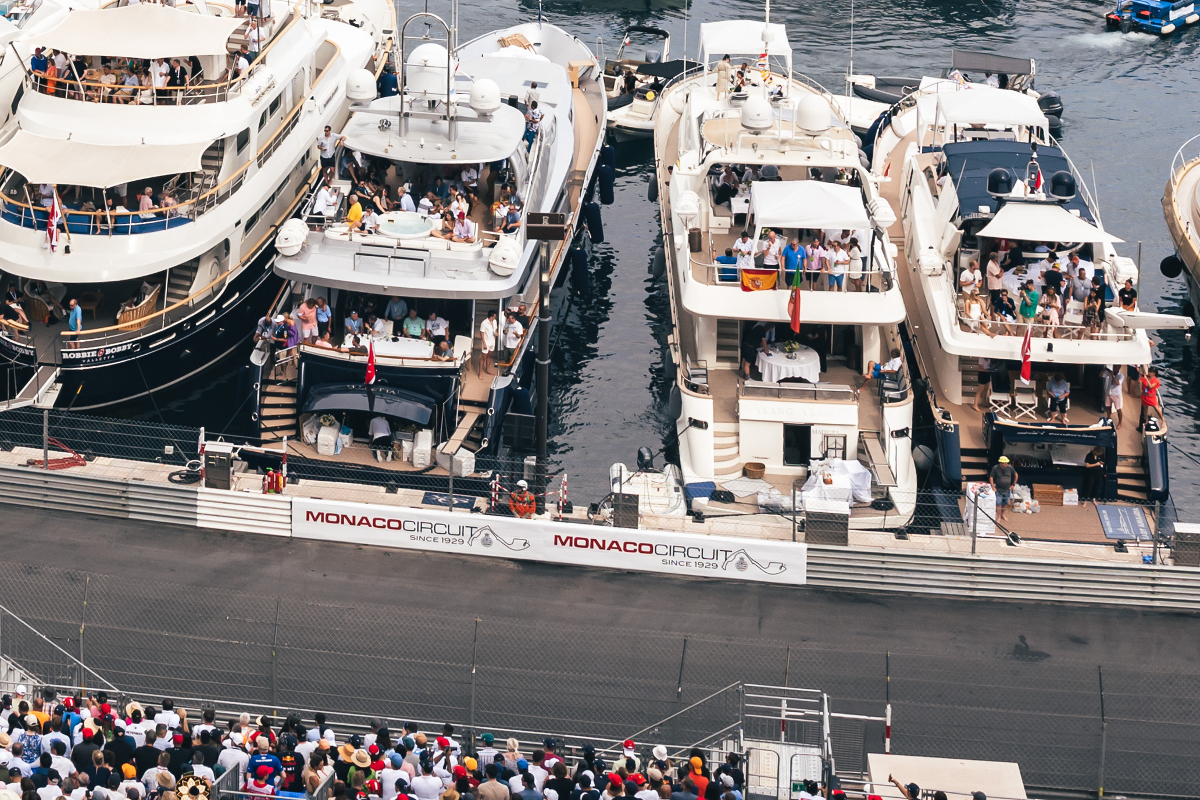
Photo: Alpine
The FIA Formula 3 Championship races in Monaco for the first ever time this weekend, marking the return of a category last seen on the city streets in 2005.
In the seven years before that and every year after in which the Monaco Grand Prix has run, there have been second-tier single-seater series that have raced there and usually with a two-race format.
F3 returns to Monaco this weekend with its usual race format, which mirrors fellow Formula 1 support series Formula 2 by having a reversed-grid sprint race on Saturday and a longer feature race on Sunday, but qualifying has been changed due to F3’s 30-car grid.
The entry list will be split into two 15-car groups, with each group getting 16 minutes on track rather than the usual 30. The fastest driver overall gets pole, the top driver in the slower group joins them on the feature race front row, then the remaining rows are filled in the same way so the back row has the slowest driver from the first group and slowest driver from the second.
“It’s going to be a tough one, especially tomorrow free practice for 30 minutes with 30 drivers in 3.3 kilometres,” said PHM Racing by Charouz’s Sophia Floersch.
“It’s going to be messy, let’s say. But I guess we’re all going to do it a good job I hope at least so we can get some time to drive in. Qualifying is going to be a little different because it’s going to be 16 minutes. Obviously for us, because it’s first time for us drivers, but also especially for the team and the engineers here, it’s all going to be about learning. Also first time with soft tyres [this season], so many new things coming together.”
She added to Formula Scout: “There’s always a strategy you kind of have. But in the end, most of the times it works all different compared to what you planned, actually, because it’s with yellow flags, red flags and so on.
“Albert Park was quicker and longer, and we had several safety cars in the races, and red flags or yellow flags in qualifying and free practice. And I guess it’s going to be similar or even worse here. The good thing is that we have groups in qualifying, so it’s less cars on tracks.”
Carlin’s Ollie Gray said that “this is probably one of the only ones where the traffic is going to be a massive player in qualifying and in free practice as well, trying to get a lap under your belt”, as drivers depart the pits later could end up not getting a representative laptime on the board before somebody brings out yellow or red flags.
If distributed equally around the track, each driver would have over 222 metres of space in front of them during qualifying. But that is not going to be the case when speeds vary a lot around the lap, and also the fact that some drivers will be on flying laps and encountering others on cooldown laps.